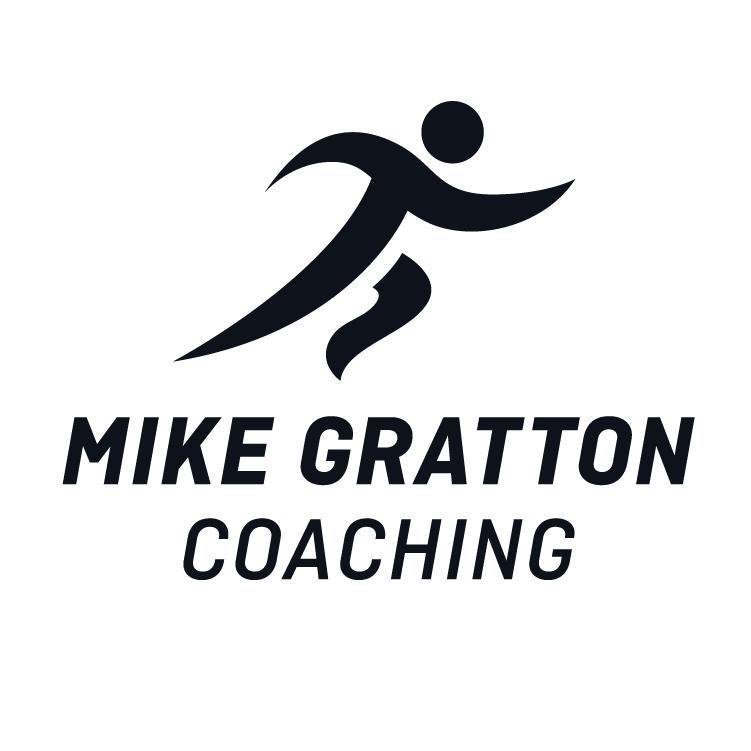A, B or C races, Autumn is about training
November and December could be considered quiet times of the running calendar.
Sure, there are some races around on the road and the cross-country season is well underway – I would not discourage anyone doing them. Of the big international races, the Valencia Marathon is due in early December, which will be the peak of the Autumn season for some.
Except for those planning to run Valencia, most other events should be taken in your stride.
For most clubs, and I have recent experience where Aldershot, Farnham and District AC mustered a very good turnout recently in the Hampshire XC league, filling the first three places in both male and female races, these races are important events. The conundrum is, for some athletes, these are not important events.
For clubs, it is where the members learn their trade, so-to-speak.
It is also where the top runners can start to get into the season without much pressure. For most senior or master’s runners, they are likely to be in full training and run the race without much of an ease down.
Bruce Tulloh always used to have in mind A, B and C races for his athletes. For most club runners at this time of year, these races should be B races. The A races will happen in March or April. C races you can categorise as interclub runs, boxing day handicaps, parkruns, that kind of thing.
My good friend Paul Evans, winner of the Chicago Marathon in 2.08 and twice an Olympic finalist at 10,000m in the 1990’s, used to call this, ‘training with a number on’.
I experienced this myself in the winter of 1982 and 83. In October I had taken the bronze medal at the Brisbane Commonwealth Games marathon, with a person best of 2.12.06. In November and December, I had pushed on my base training with some fairly big, but steady mileages, through to a peak over Christmas week of 125 miles.
Given that I was on course to run 2hrs and 9mins in London in April, finishing 5th in the Kent cross-country championships in early January was a little disappointing. But did it matter.
After a few hours sulking I got back to the training, knowing that although winning the county champs would have been nice, it was nothing compared to the main prize, winning the London Marathon, in 4 months’ time.
So, far from being a quiet athletic period, the winter period is where the training base for later in the season comes from. Lots of steady miles done now pay back in bucket loads come March or April.
Whether that is for the area or national cross-country races or a Spring Marathon, training you do now really counts.
So, far from being a quiet athletic period, the winter period is where the training base for later in the season comes from. Lots of steady miles done now pay back in bucket loads come March or April. Whether that is for the area or national cross-country races or a Spring Marathon, training you do now really counts.
Autumn races are forgotten by the time the really important ones come along.
